Witness: Greater Serbia never existed
At the Hague trial of Vojislav Šešelj today, Yves TomiC said Serbia had never existed in the frontiers of Greater Serbia.
Wednesday, 30.01.2008.
18:56

At the Hague trial of Vojislav Seselj today, Yves TomiC said Serbia had never existed in the frontiers of Greater Serbia. While being questioned by the judge, the prosecution witness suggested that, before the wars in the former Yugoslavia, achieving that aim had not been possible by democratic means or talks, as Seselj had denied the existence of a non-Serb nation, and argued that a Greater Serbia should also include territories where Serbs were in the minority. Witness: Greater Serbia never existed TomiC said that the accused had pushed for a population exchange – Serbs from Croatian towns in exchange for Croats from Serb towns – which would have been very difficult to carry out willingly. Citing the Chetnik Movement’s manifesto that Seselj formed in 1990, that subsequently became the Serb Radical Party, the witness said that their main aim had been “the restoration of Serbia within ethnic borders.” This, he continued, was to include “Serb Macedonia, Serb Bosnia-Herzegovina, Serb Dubrovnik, Serb Dalmatia, Serb Lika, Serb Banija, Serb Kordun, Serb Baranja and Serb Slavonia.” “The manifesto speaks of “restoring” such a Serb state, but these frontiers never even existed in the 19th century, nor ever in history,” explained Tomic, a Balkan expert from the University of Sorbonne in Paris. At the prosecution’s request, he compiled an expert history on the history of the idea of a Greater Serbia entitled “The Ideology of Greater Serbia in the 19th and 20th Centuries.” The witness noted that in Seselj's Greater Serbia, the Serbs themselves “would not have been or would only just have been in the majority,” and that “this would have been a problem” for them. The defendant’s constant references to the 1915 London Accords as the legal basis for suggesting Serbia’s borders should run along the Karlovac-Ogulin-Karlobag-Virovitica line were, he said, “historically untrue”. As Prosecutor Christina Dahl questioned him, Tomic said that during the election campaign of 1990, Seselj had warned the new Croatian authorities that Croatia could break away from Yugoslavia, but that “they won’t be able to take territory where Serb villages, ditches and Jasenovac are located without getting blood on their hands.” In an interview with Tanjug, the defendant had called the Croats a “nation of villains”, and had questioned the existence of a Croatian nation and state in a number of public addresses, added the witness. Asked by Presiding Judge Jean-Claude Antoinetti whether Seselj’s main aim – creating a Greater Serbia – could have been reached through democratic means and negotiations, he replied that as early as 1989, the defendant had discounted the possibility of talks with Croatia and Macedonia. Tomic added that the accused had also argued for the “amputation” of a part of Croatian territory, where he soon began sending Chetnik volunteers. “If anyone wants to include within Greater Serbia territory where the Serbs are in the minority, there is obviously not going to be general acceptance,” explained the witness. He also quoted from Seselj’s comments during a conversation with a daily Mladina reporter from summer 1989, calling Macedonia “a dreamt-up nation” that “should move”, if they opposed their country becoming part of Greater Serbia. The witness added that, according to official Yugoslav data, during the Kosovo war, only 3000 Albanians born in Albania and another 500 Albanian civilians born in Kosovo, and temporarily residing in Albania, had moved. According to the same source, from 1941 to 1948, 15,000 Albanians from Albania had moved to Kosovo, he said. Seselj stands accused of the persecution, murder, deportation, forced resettlement, cruel treatment, robbery and destruction of villages in Croatia and Bosnia-Hercegovina, as well as the expulsion of Croats from the Vojvodina village of Hrtkovci in 1991-93.
Witness: Greater Serbia never existed
TomiC said that the accused had pushed for a population exchange – Serbs from Croatian towns in exchange for Croats from Serb towns – which would have been very difficult to carry out willingly.Citing the Chetnik Movement’s manifesto that Šešelj formed in 1990, that subsequently became the Serb Radical Party, the witness said that their main aim had been “the restoration of Serbia within ethnic borders.”
This, he continued, was to include “Serb Macedonia, Serb Bosnia-Herzegovina, Serb Dubrovnik, Serb Dalmatia, Serb Lika, Serb Banija, Serb Kordun, Serb Baranja and Serb Slavonia.”
“The manifesto speaks of “restoring” such a Serb state, but these frontiers never even existed in the 19th century, nor ever in history,” explained Tomić, a Balkan expert from the University of Sorbonne in Paris.
At the prosecution’s request, he compiled an expert history on the history of the idea of a Greater Serbia entitled “The Ideology of Greater Serbia in the 19th and 20th Centuries.”
The witness noted that in Šešelj's Greater Serbia, the Serbs themselves “would not have been or would only just have been in the majority,” and that “this would have been a problem” for them.
The defendant’s constant references to the 1915 London Accords as the legal basis for suggesting Serbia’s borders should run along the Karlovac-Ogulin-Karlobag-Virovitica line were, he said, “historically untrue”.
As Prosecutor Christina Dahl questioned him, Tomic said that during the election campaign of 1990, Šešelj had warned the new Croatian authorities that Croatia could break away from Yugoslavia, but that “they won’t be able to take territory where Serb villages, ditches and Jasenovac are located without getting blood on their hands.”
In an interview with Tanjug, the defendant had called the Croats a “nation of villains”, and had questioned the existence of a Croatian nation and state in a number of public addresses, added the witness.
Asked by Presiding Judge Jean-Claude Antoinetti whether Šešelj’s main aim – creating a Greater Serbia – could have been reached through democratic means and negotiations, he replied that as early as 1989, the defendant had discounted the possibility of talks with Croatia and Macedonia.
Tomić added that the accused had also argued for the “amputation” of a part of Croatian territory, where he soon began sending Chetnik volunteers.
“If anyone wants to include within Greater Serbia territory where the Serbs are in the minority, there is obviously not going to be general acceptance,” explained the witness.
He also quoted from Šešelj’s comments during a conversation with a daily Mladina reporter from summer 1989, calling Macedonia “a dreamt-up nation” that “should move”, if they opposed their country becoming part of Greater Serbia.
The witness added that, according to official Yugoslav data, during the Kosovo war, only 3000 Albanians born in Albania and another 500 Albanian civilians born in Kosovo, and temporarily residing in Albania, had moved.
According to the same source, from 1941 to 1948, 15,000 Albanians from Albania had moved to Kosovo, he said.
Šešelj stands accused of the persecution, murder, deportation, forced resettlement, cruel treatment, robbery and destruction of villages in Croatia and Bosnia-Hercegovina, as well as the expulsion of Croats from the Vojvodina village of Hrtkovci in 1991-93.



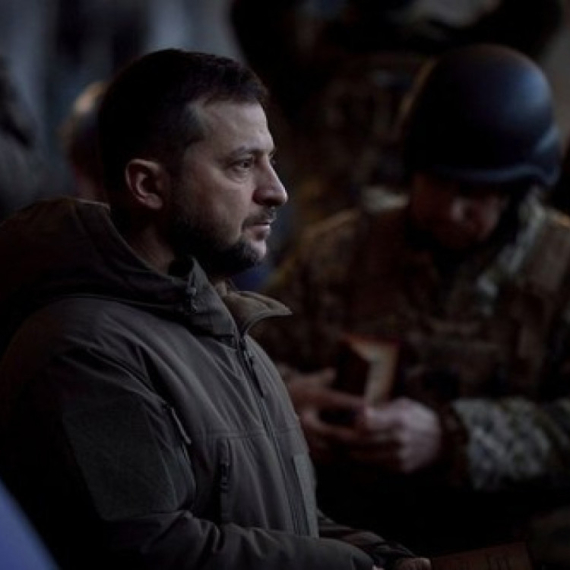


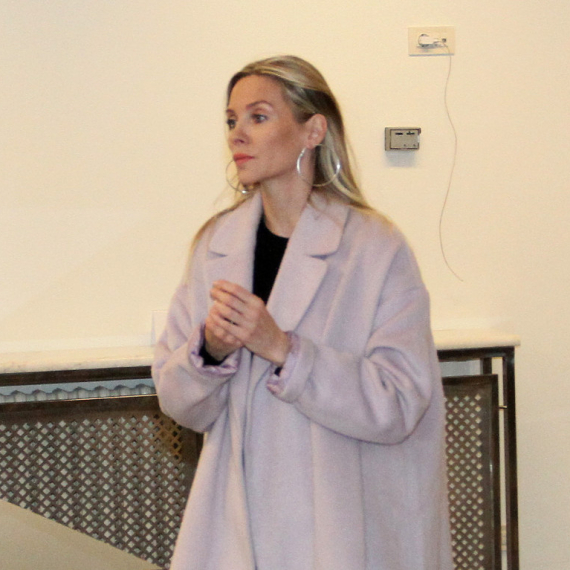



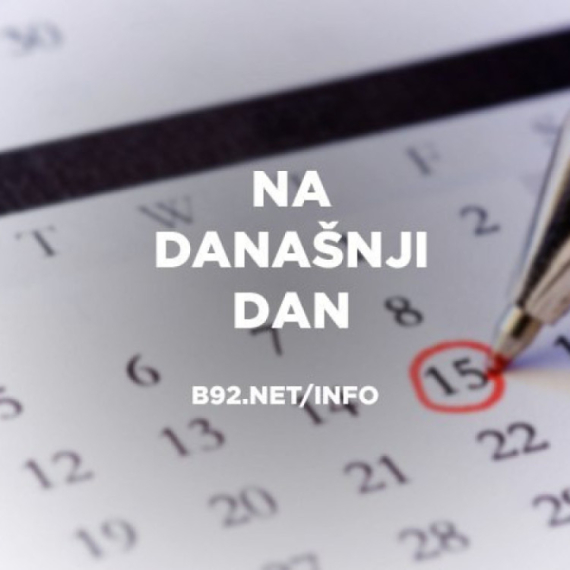
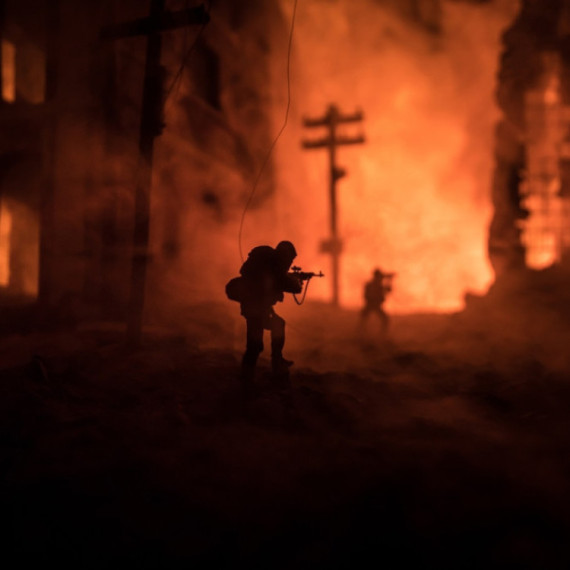
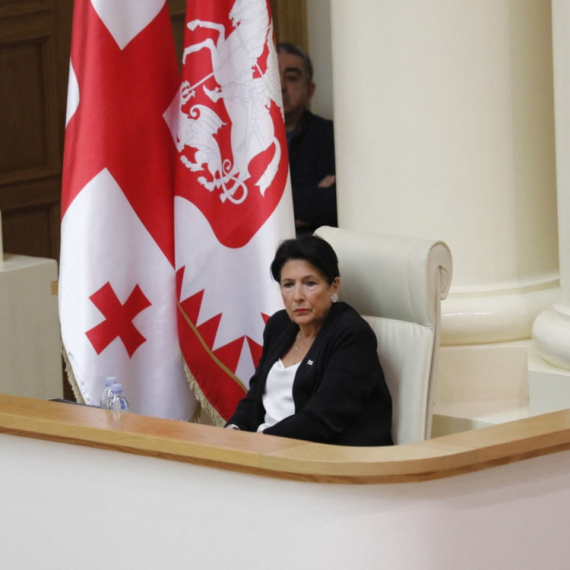




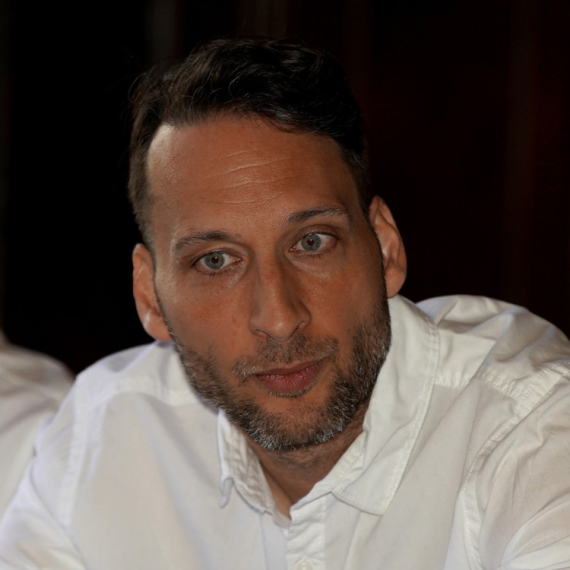






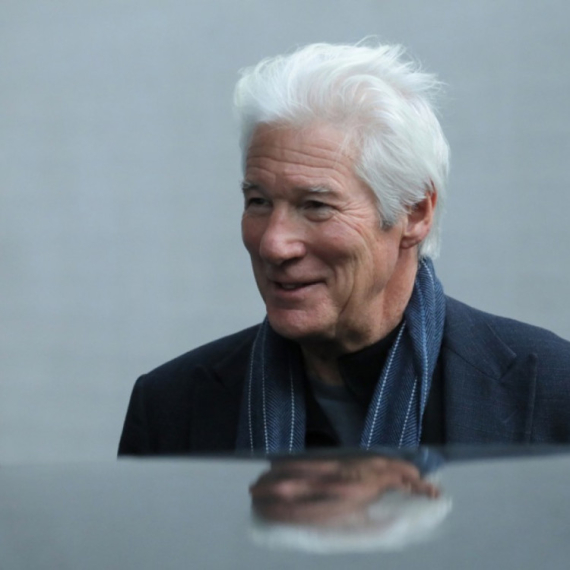

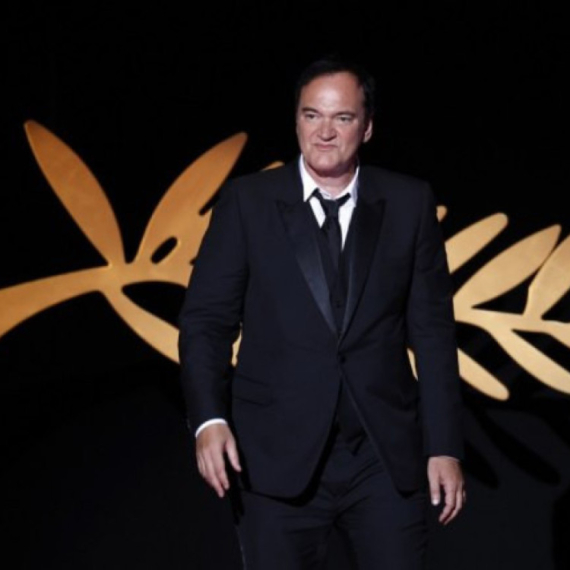






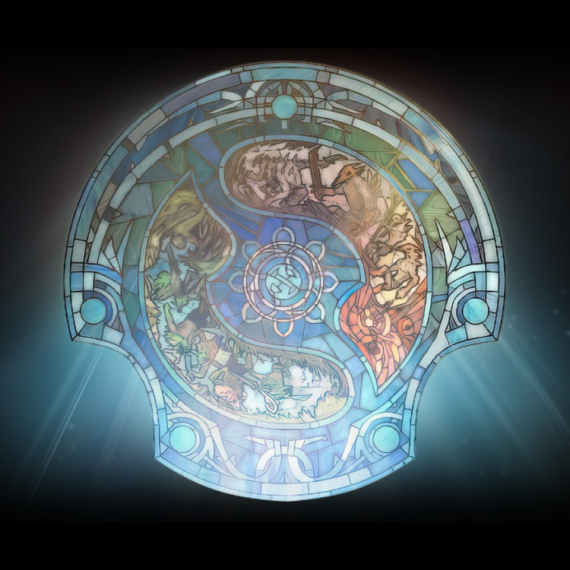
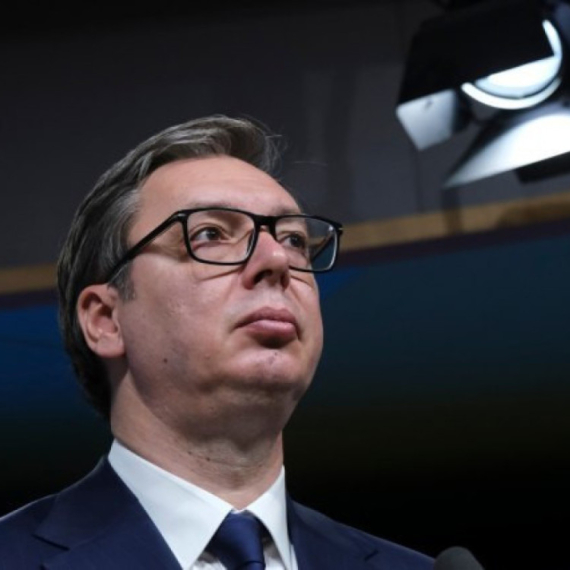

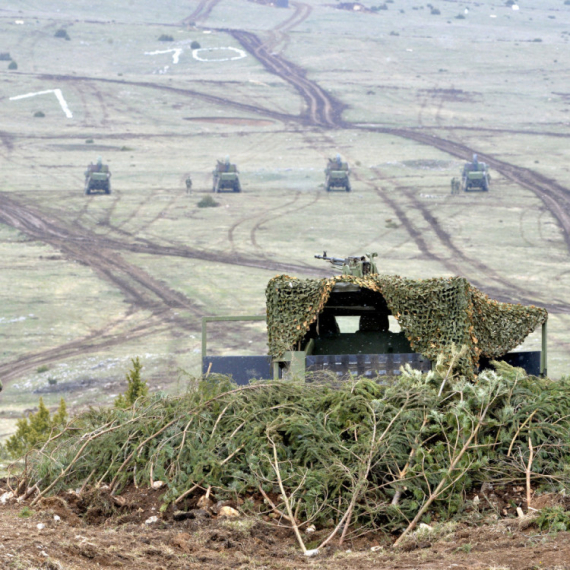
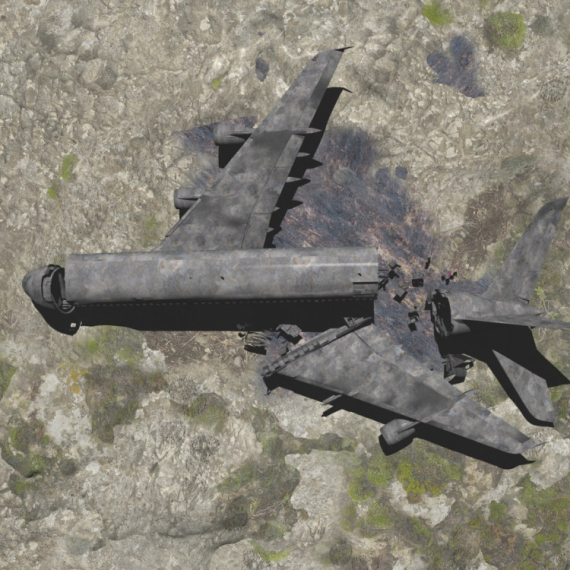
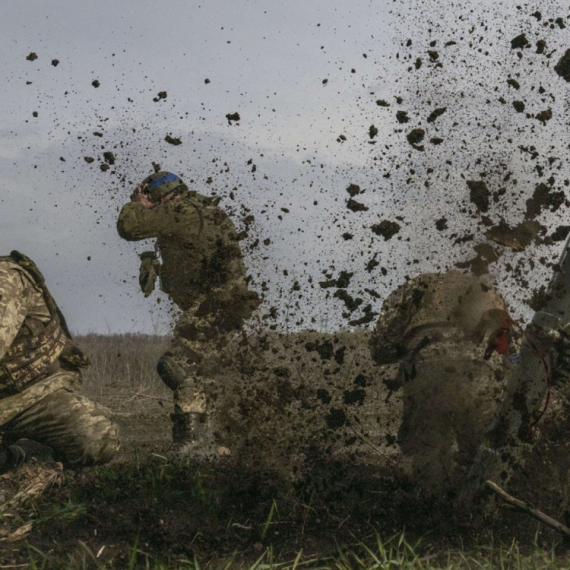




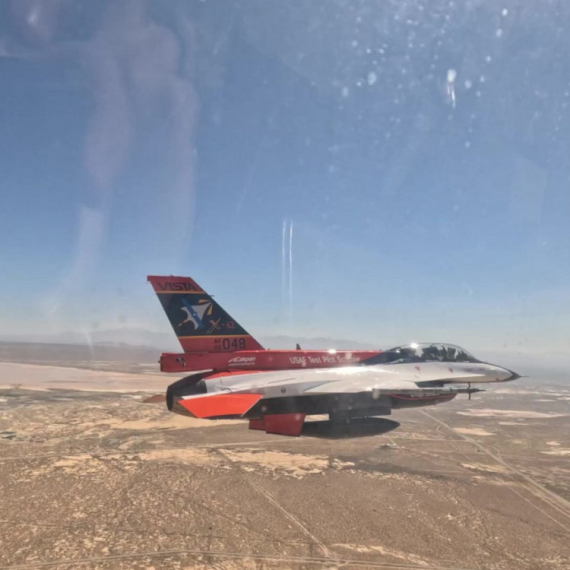





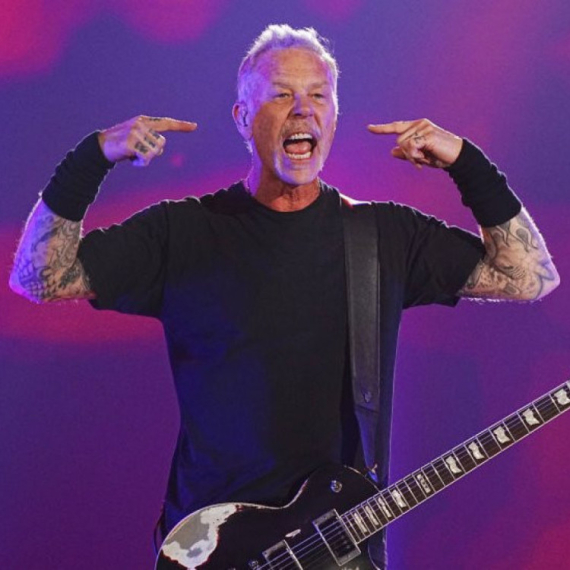
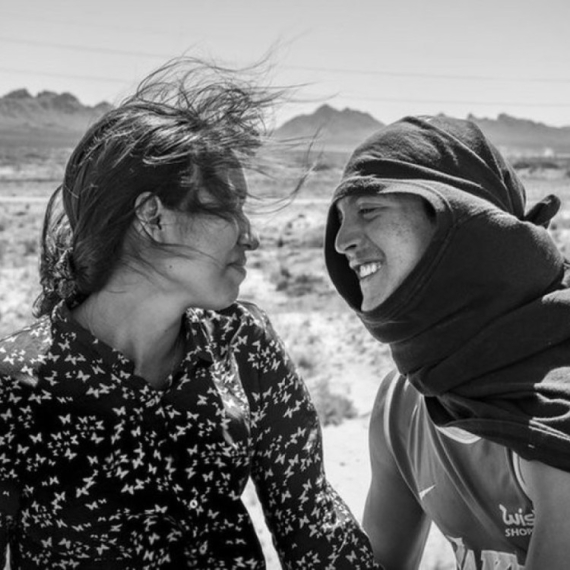

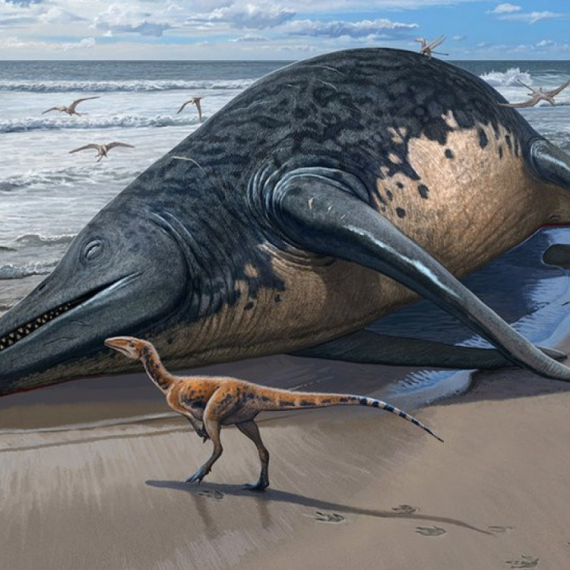


Komentari 6
Pogledaj komentare